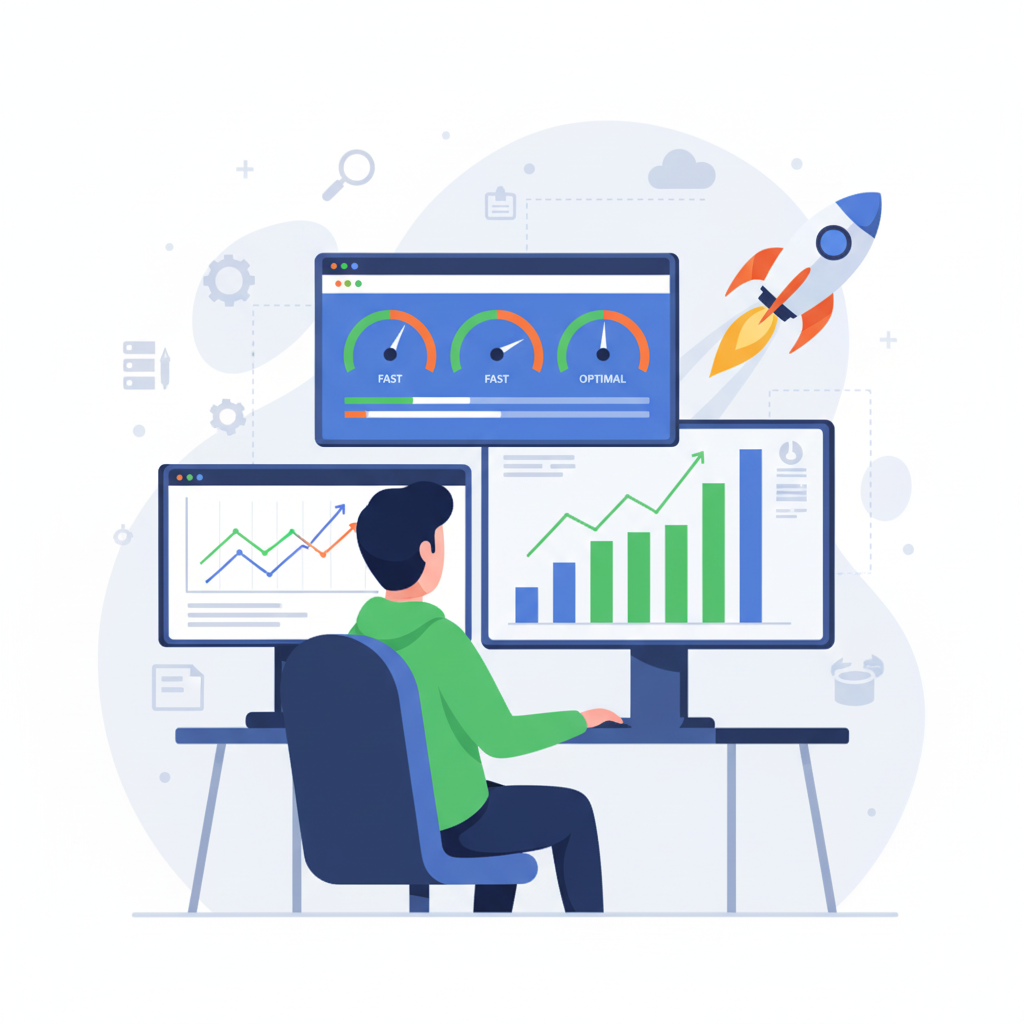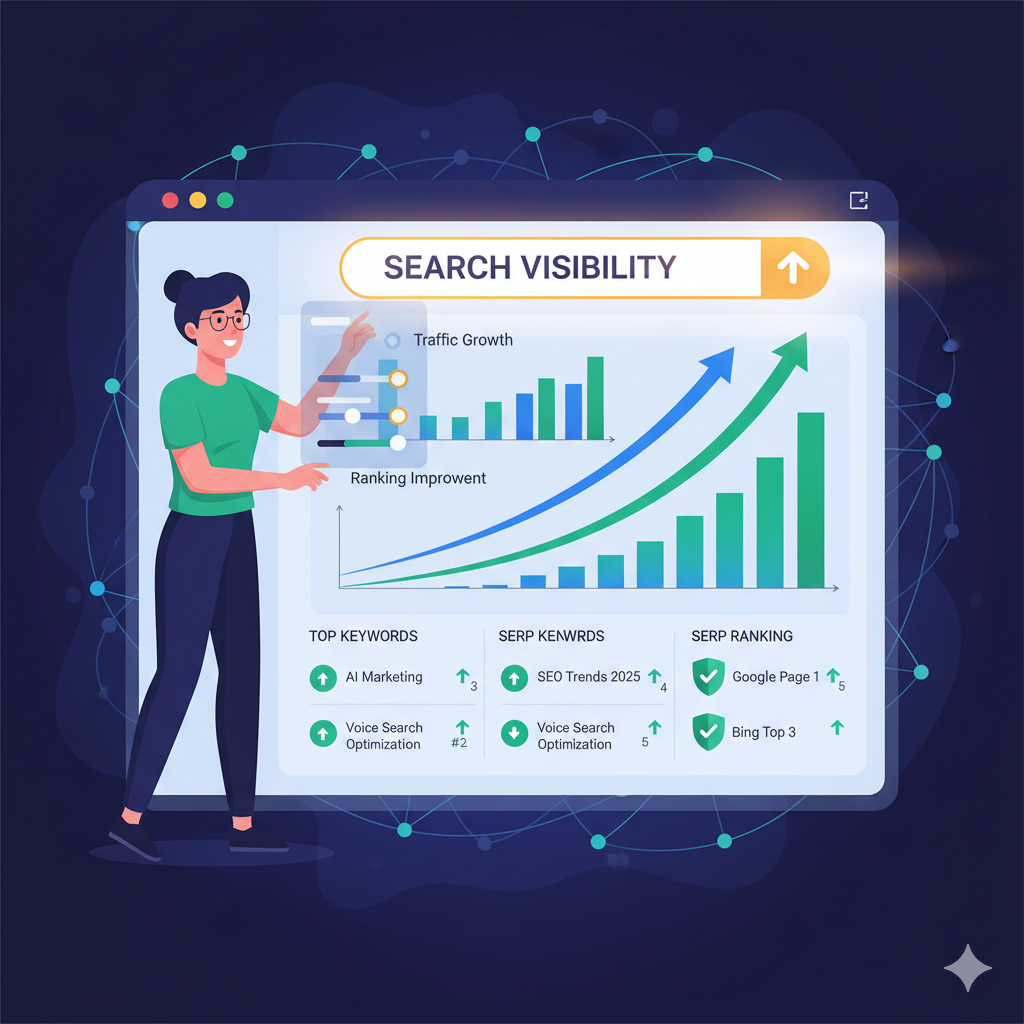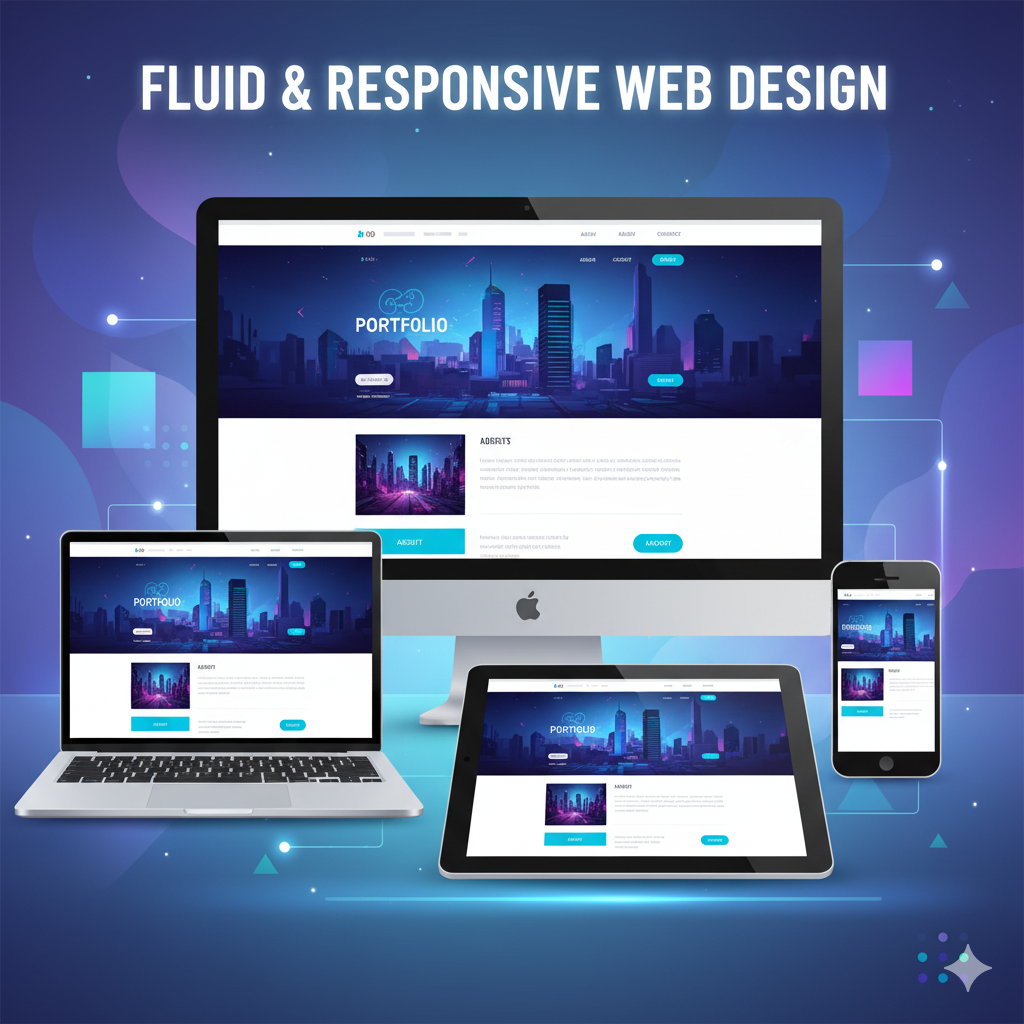In the fast-paced digital world of 2025, speed is everything. A slow website doesn’t just frustrate visitors — it also hurts your brand reputation, search rankings, and sales. Studies show that if a page takes more than 3 seconds to load, more than half of users will leave.
⚡ Why Website Speed Matters
- User Experience: Fast-loading sites keep visitors happy and engaged. Slow sites drive them away.
- SEO Ranking: Google prioritizes faster websites in search results. Page speed directly impacts your organic visibility.
- Conversion Rates: Every second delay can reduce conversions by up to 20%.
- Mobile Performance: Mobile-first indexing means your mobile site speed matters as much as desktop.
- Brand Perception: Speed subconsciously builds trust — users equate fast with professional.
🧠 Key Factors Affecting Website Speed
- Large Images & Videos: Uncompressed media files are the biggest slowdown culprits.
- Too Many Plugins: Extra scripts or widgets can add unnecessary load time.
- Poor Hosting: Cheap or overcrowded servers limit performance.
- Unoptimized Code: Excessive JavaScript, CSS, or unused libraries slow rendering.
- No Caching: Without caching, your server has to reload every element on each visit.
🧩 How to Improve Your Site’s Speed
- Compress images using tools like TinyPNG or Squoosh.
- Use a Content Delivery Network (CDN) for faster global access.
- Enable browser caching and lazy loading for media.
- Minify your CSS and JavaScript files.
- Choose reliable hosting with high uptime and fast response times.
🚀 The Future of Speed Optimization
With the rise of AI-based performance tools, websites can now self-optimize in real time — adjusting image formats, preloading assets, and predicting user actions to reduce delays.
💬 Final Thoughts
Website speed isn’t just a technical factor — it’s a business strategy. In 2025, the fastest sites win. Every millisecond counts when it comes to delivering a smooth, satisfying user experience that converts visitors into loyal customers.




